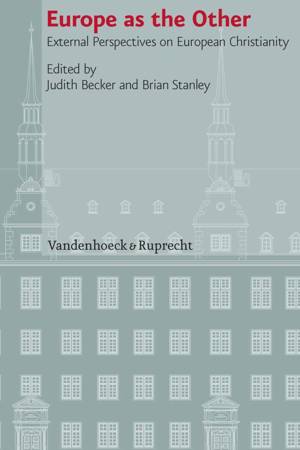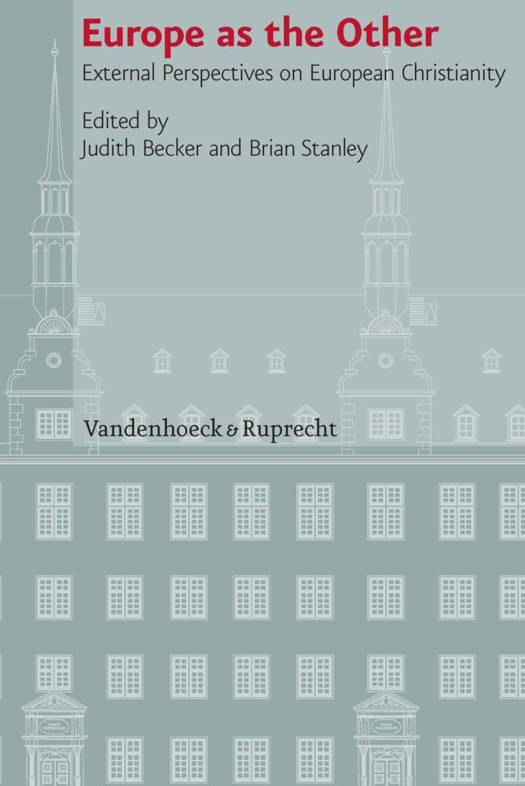
- Afhalen na 1 uur in een winkel met voorraad
- Gratis thuislevering in België vanaf € 30
- Ruim aanbod met 7 miljoen producten
- Afhalen na 1 uur in een winkel met voorraad
- Gratis thuislevering in België vanaf € 30
- Ruim aanbod met 7 miljoen producten
Zoeken
Europe as the Other
External Perspectives on European Christianity
€ 77,95
+ 155 punten
Omschrijving
English summary: There has been much academic debate over recent years on Europe defining itself over against the Other. This volume asks from the opposite perspective: What views did non-Europeans hold of European Christianity? In this way, the volume turns the agency of definition over to non-Europeans. Over the last centuries, the contacts between Europeans and non-Europeans have been diverse and complex. Non-Europeans encountered Europeans as colonialists, traders, missionaries and travellers. Most of those Europeans were Christians or were perceived as Christians. Therefore, in terms of religion Europe was often identified with Christianity. Europeans thus also conveyed a certain image of Christianity to non-European countries. At the same time, non-Europeans increasingly travelled to Europe and experienced a kind of Christianity that often did not conform to the picture they had formed earlier. Their descriptions of European Christianity ranged from sympathetic acceptance to harsh criticism. The contributions in this volume reveal the breadth of these opinions. They also show that there is no clear line of division between insiders and outsiders, but that Europeans could sometimes perceive themselves as being outsiders in their own culture while non-Europeans could adopt insider perspectives. Furthermore, from these encounters new religious and cultural expressions could emerge.
Specificaties
Betrokkenen
- Uitgeverij:
Inhoud
- Aantal bladzijden:
- 277
- Taal:
- Engels
- Reeks:
- Reeksnummer:
- nr. 103
Eigenschappen
- Productcode (EAN):
- 9783525101315
- Verschijningsdatum:
- 11/12/2013
- Uitvoering:
- Hardcover
- Formaat:
- Genaaid
- Afmetingen:
- 164 mm x 240 mm
- Gewicht:
- 1401 g

Alleen bij Standaard Boekhandel
+ 155 punten op je klantenkaart van Standaard Boekhandel
Beoordelingen
We publiceren alleen reviews die voldoen aan de voorwaarden voor reviews. Bekijk onze voorwaarden voor reviews.










